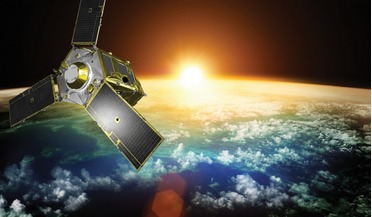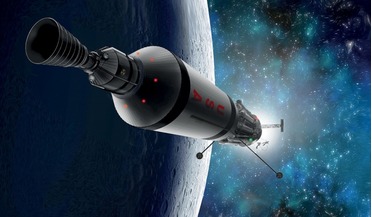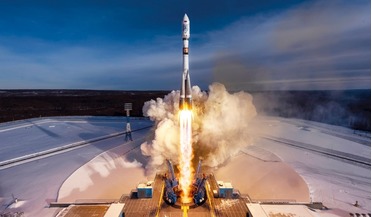 August 2017
Big science from small spacecraft
August 2017
Big science from small spacecraft
... radio telescopes on Earth because they are blocked by our ionosphere. If we could position a radio telescope up at geostationary orbit (GEO) or higher, well above the ionosphere, we could observe and characterise these short-lived phenomena, a long...
 August 2017
Space invaders and the usual suspects - disruptive trends in Earth observation
August 2017
Space invaders and the usual suspects - disruptive trends in Earth observation
... at nadir from 510 km. The swath is 7 km. EROS-C is expected to be launched in 2019. It will deliver 0.4 m GSD from 500 km. e-GEOS operates the Cosmo-Skymed SAR constellation and distributes DigitalGlobe imagery in Europe. Space invaders Also known...
 November 2017
Managing air and space traffic from orbit
November 2017
Managing air and space traffic from orbit
... Service (EGNOS), which covers Europe, and the GPS Aided Geo Augmented Navigation (GAGAN) of India which covers Asia. With ...like rendezvous and docking, station-keeping formation flying and GEO satellite servicing. There is no doubt that GNSS PNT...
 January 2018
Creating a viable cislunar economy
January 2018
Creating a viable cislunar economy
... are low Earth orbit (LEO), geosynchronous orbit (GEO), Earth-moon Lagrange point number one (EML1), low..., manufacture the components at EML1, and assemble it in place at GEO, the economics move into the realm of feasibility. All transportation is ...
 March 2019
Urgent action needed to avert space debris threat
March 2019
Urgent action needed to avert space debris threat
...also for medium Earth orbit (MEO) and geostationary orbit (GEO). So, it is absolutely imperative that we tackle the issue...to JSpOC, a US government catalogue. However, for debris in GEO (the furthest from Earth), the data collected is simply not ...
 April 2019
Space launch industry analysis
April 2019
Space launch industry analysis
... these satellites will need to be launched. Launch providers, already suffering from a downturn in the traditional geostationary orbit (GEO) launch market, will be relieved. The world’s main commercial launch providers are hoping to make up for the...